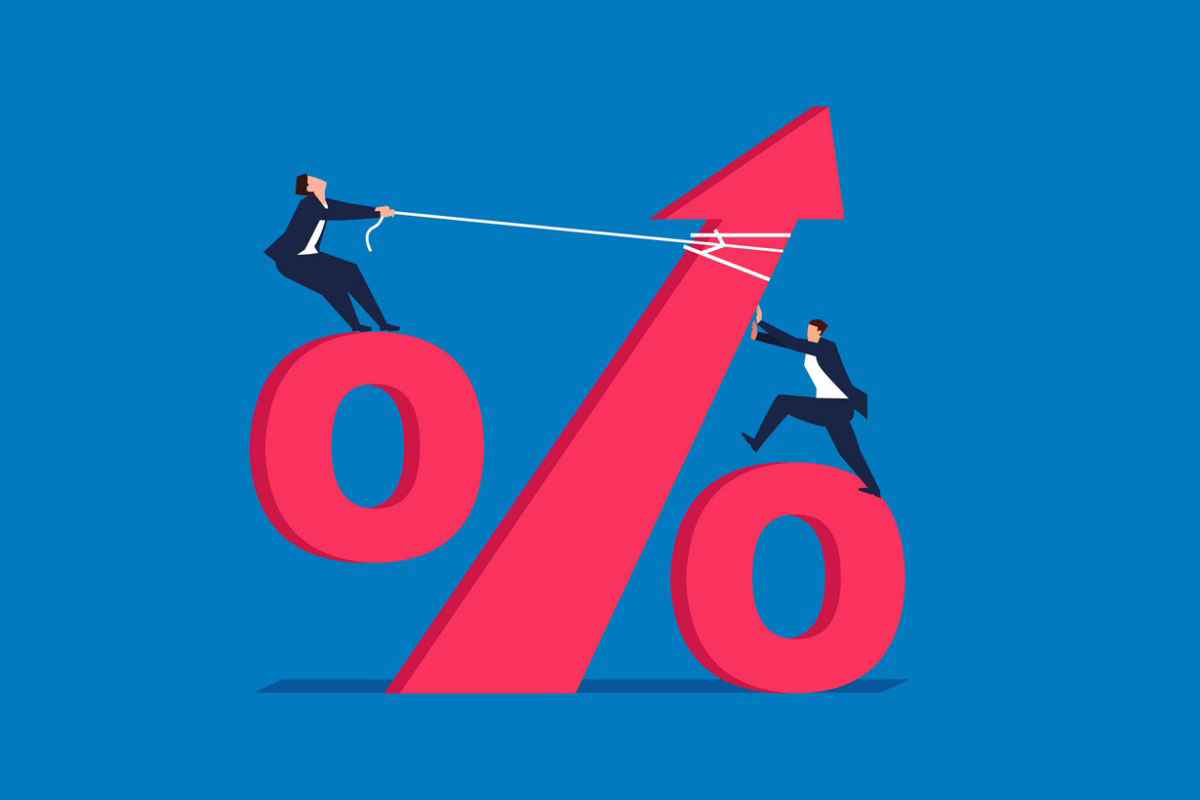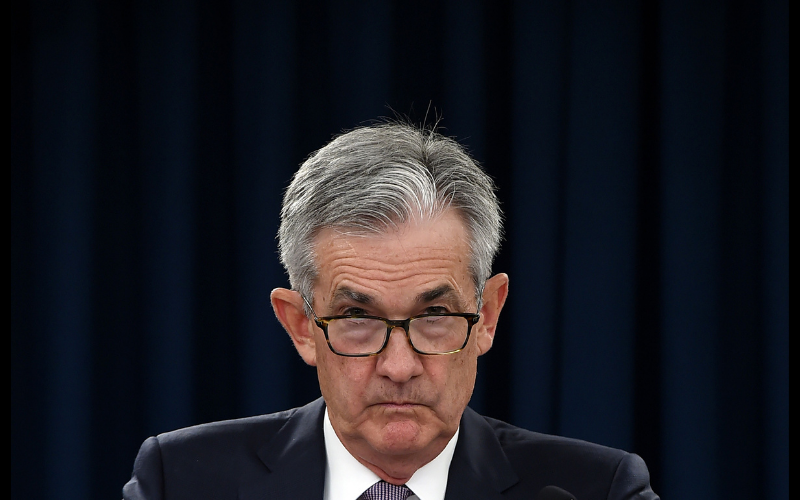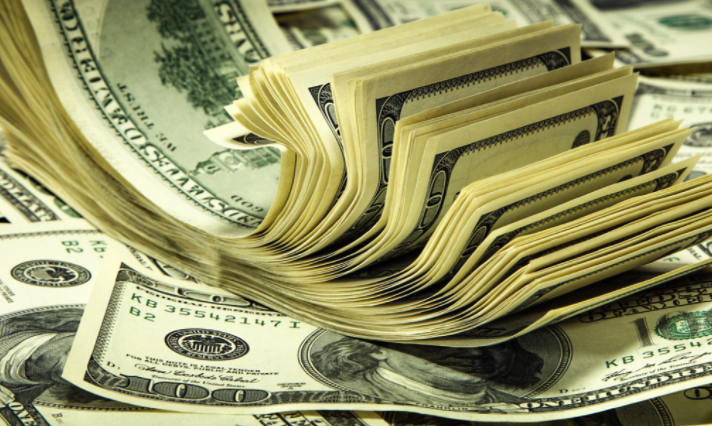By Kathy Lien, Managing Editor
Oil prices soared above $100 a barrel driving equities and currencies sharply lower. Euro and sterling were hit the hardest by risk aversion with investors flocking into the safety of U.S. dollars. The Eurozone and U.K. economies are the most sensitive to the slowdown in Russian growth and the sanctions wielded on Russia. Nearly 40% of the gas and over 25% of the oil imported into the European Union is from Russia. The loss of this supply combined with rising costs hits Europe particularly hard. The Australian and New Zealand dollars in contrast are seeing limited losses because Australia and New Zealand imports no oil or oil products from Russia.
Now ahead of President Biden’s State of the Union address and Federal Reserve Chairman Jerome Powell’s semi-annual testimony on the economy, Russia is preparing to intensify its attack on Ukraine. They warned Kyiv residents to leave, raising concerns that we could see the capital of Ukraine in a very different state come morning. The assault could intensify just as President Biden addresses the nation at 9pm. Instead of celebrating the easing of COVID-19 restrictions and the nomination of the first Black woman to the Supreme Court, the focus will be on Ukraine, military spending and inflation. We are not looking for any ground breaking announcements on America’s involvement – Biden has ruled out putting American troops on the ground and instead focused on providing security assistance, humanitarian aid, sanctions and freezing Russia out of the financial system. However, the President could announce new measures to ease price pressures. While the U.S. and its allies agreed to release 60 billion barrels of oil from strategic stockpiles, there’s been zero impact on oil prices.
The Federal Reserve is confronted with the same challenges. The Russian invasion promises to keep inflation which is running at its strongest pace in 40 years from easing any time soon. The cost of oil is not the only thing rising, wheat prices are at the highest level since 2008. On basis of prices alone, the Fed should raise interest rates by half a point this month. However rate hike expectations have plunged with the market only looking for a quarter point hike in March followed by 75bp instead of 125bp of additional tightening this year. Historically, the shock of wars on the financial market is short-lived but it is hard to say how far Putin will go. Fed Chairman Powell will have to reassure investors tomorrow that they are working to combat high inflation while balancing the risks that Russia’s invasion poses to the financial markets. There’s a lot of uncertainty ahead and Powell may find it prudent to be more conservative at this time. While this could be a protracted war, rising inflation is a sticky problem that central bankers will need to tackle head on. We believe that Powell will make a strong commitment to tightening tomorrow that could provide a lift to Treasury yields and the U.S. dollar.
The Reserve Bank of Australia left interest rates unchanged last night which was no surprise. Governor Lowe expressed concerns that the Ukraine war could add to inflationary pressures but with wage growth failing to keep pace with price rises, he is in no rush to raise interest rates. The Bank of Canada meets tomorrow. The Canadian dollar sold off today despite their plans to raise interest rates for the first time this year by 25bp. Prior to the Russian invasion, it was widely thought that given the strong labor market and high inflation, they would hike by 50bp. However protests in February and the Ukraine uncertainty makes a quarter point hike a more sensible move. Investors sold Canadian dollars despite stronger GDP growth in the fourth quarter and a 10% rise in oil prices!





